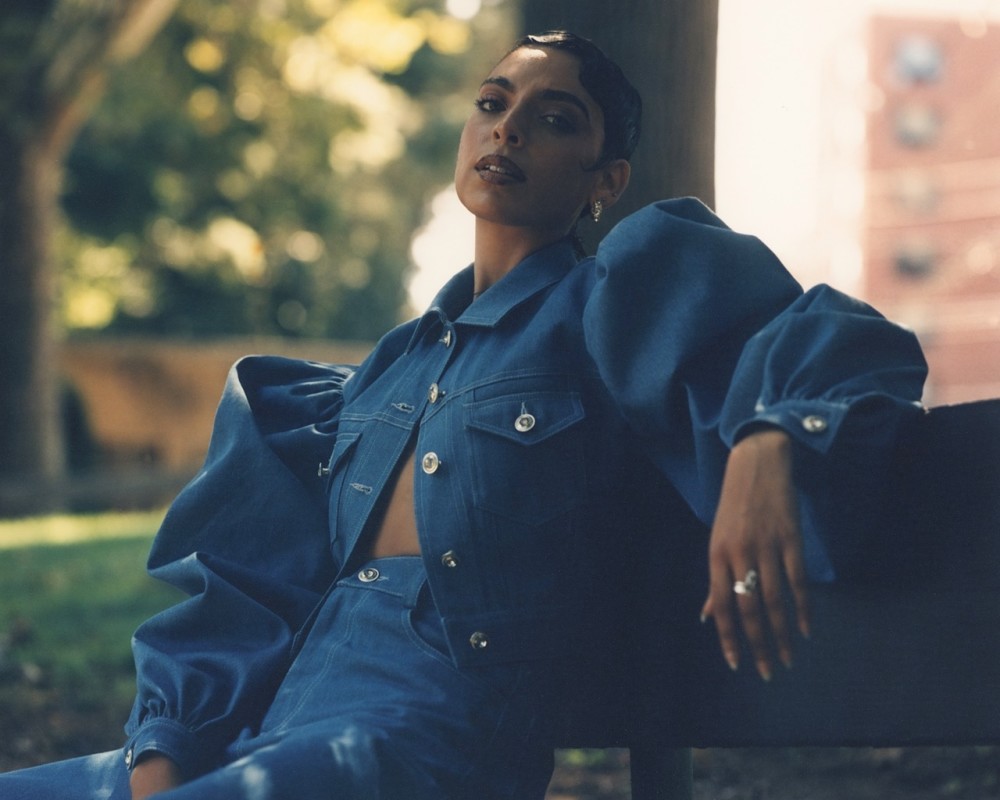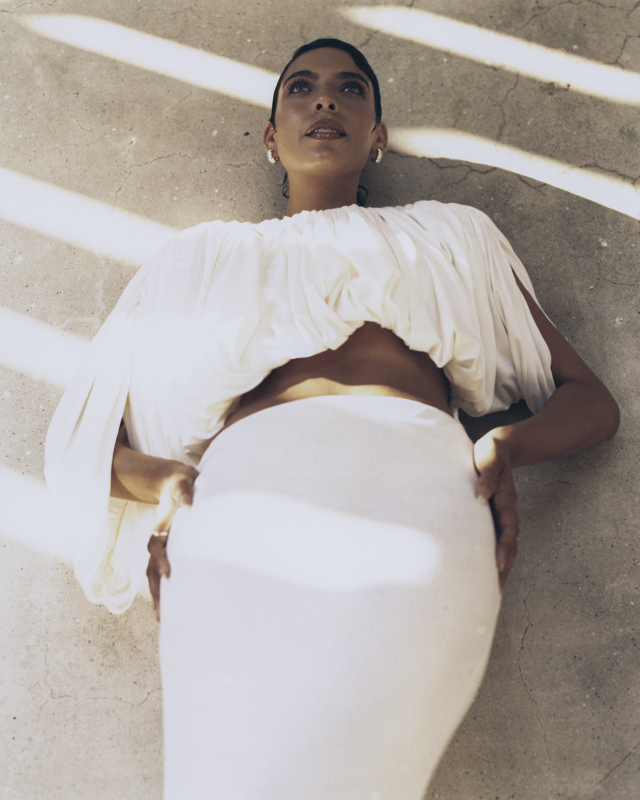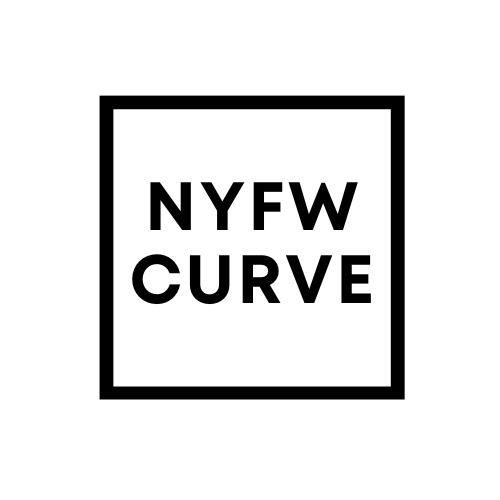Not all young fashion designers graduate from design school ready to launch their own brand.
“I’m in[to] Krystal A. Phillips, founder of New York women’s clothing brand Kaphill, told Fashionista. [colleges] I thought my designs were not enough and I was afraid to show them at the time.
Only, not for fashion design: she chose production management because she “wasn’t ready to design yet.” However, this decision “ended up being the best thing” as it gave us an insight into the business side of the industry.
Photo&col; Rassan Wyzard/Courtesy of Kafir
Phillips began her graduate fashion career in the corporate world. She worked as an assistant buyer at Century 21 and then worked in product development at Macy’s for more than seven years. But her thirst for design never faded: In 2014, Phillips seized her opportunity and launched fashion label Marie + Annette with her sister.
“I realized that I had been making products for people who were different from me,” she recalls. “No matter the price, we’re not going to be at the center of the conversation. So I wanted to create something that works for us.”
After five years, Phillips decided to leave Marie + Annette (the company closed that same year) to venture out on his own. Although it took a lot of effort to make the decision, she knew design was what she “wanted to do” [her] own” to help “get to this place of confidence.
Photo&col; Rassan Wyzard/Courtesy of Kafir
While Kafir may have started a new chapter for Phillips, her passion for making clothes that empower women—especially black women—remains. “The clothes I design for women are really meant to take up space, but that has to come from within first,” she said. “It doesn’t mean you’re the loudest person in the room or you wear the most outrageous clothes. It just means you feel comfortable inside.”
“Especially for us black women, we are told time and time again that we are too far,” she continued. “I myself would shrink and fade to the back because I felt like I wasn’t allowed to take up space. So the brand was really a personal statement, and then I turned it into ‘hold on to your identity and have your own brand statement.'” it.
This passion for boldness is reflected in the looks: colors like fiery orange, bright red, kelly green, turquoise blue and plum purple, plus neutrals like white, cream, light brown and black, through the fun Proportions and silhouettes (such as balloon sleeves) are revealed, with ruffles and side cutouts. Kaffier is also keen on the use of textures, such as fringing, bouclé and creative uses of denim.
For Phillips, these design elements reflect her priority of injecting personality into each piece. “[Personality] “That’s something I don’t want to lose from this brand,” she said. I wanted to show that it was a joy and nothing else. If it feels good, if I feel happy and relaxed, that’s what I’m going to create.
Photo&col; Rassan Wyzard/Courtesy of Kafir
When creating the collection, Phillips took a “pragmatic approach”—something she attributes to her background in sales and product development. She analyzes what’s happening in the industry and what’s going on with her clients’ current lifestyles. But she also emphasized that each collection is driven by emotion.
“My design process starts with: What do I feel?” explains Phillips. “What do I want to evoke this season, or how am I feeling now when I start designing?” She builds on that, starting with color—because it’s “the most important thing to do with feeling”—and then It’s texture.
Fabric sourcing is also an important part of Kaphill’s market positioning. The brand is primarily produced in New York City’s Garment District, with a few manufacturers in Italy and Türkiye, but its fabrics are sourced from all over the world.
“I have no limits,” she admits. “I will go [international] Fabric display. I love texture, which is what attracts me to most fabrics. Usually, most of the things I like are not made locally, so I seek out the ones that work for me.
Photo&col; Rassan Wyzard/Courtesy of Kafir
That’s why she stocks certain items in limited quantities. From a logistics perspective, ordering large quantities of specialty fabrics is expensive and time-consuming. When it comes to brands, Phillips hopes to “get the women who buy [limited pieces] It feels very special. I don’t want Kaphill to be everywhere.
As the designers consider expansion, Phillips intends to maintain a certain level of curation. In addition to major retail shows at Free People and HSN x Harlem’s Fashion Row, opportunities such as appearances at the Black in Fashion Council NYFW Spring 2024 showroom and the 2024 Essence Fashion House have contributed to “organic growth.” But going forward, she plans to continue focusing on direct-to-consumer operations while also working with larger retailers that resonate with customers and still feel curated.
“Building my [brand] “Experiences are what I’m focusing on next, whether it’s a dinner, a conversation or a small gathering,” she adds. Family and community without having to constantly spend money to feel that way.
Photo&col; Rassan Wyzard/Courtesy of Kafir
Ultimately, her long-term plan is to build Kaphill into “a lifestyle brand.”
“I wanted a brand that was next to Ralph Laurens and Tory Burchs, where there were different levels of business, from high-end to affordable. That was my goal, but the most important thing was the experience and the community part… I The hope is that Kaphill not only feels like a brand, but a safe space for women.
Tune in to the Fashionista Network and join the conversation with fashion and beauty industry leaders. Register here.

